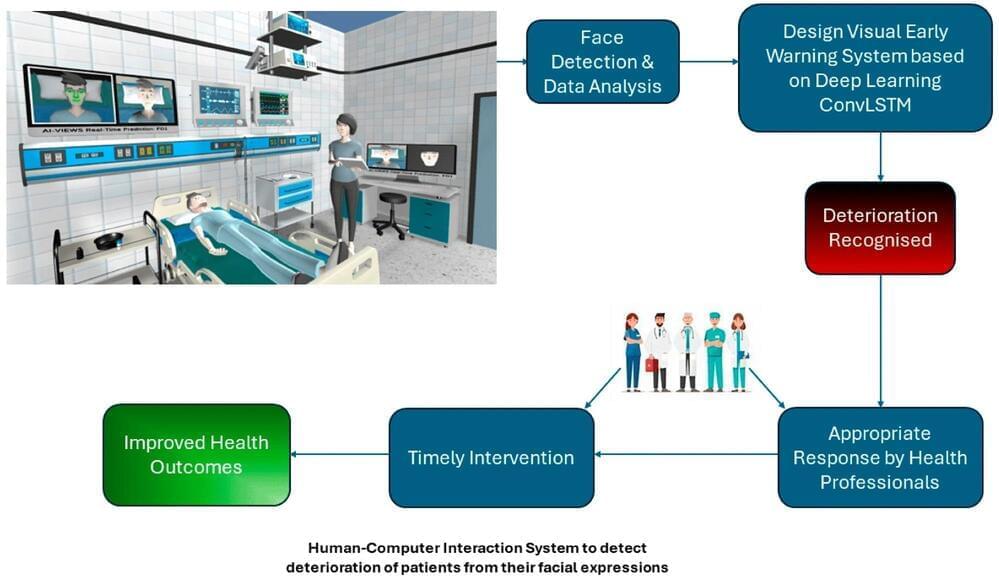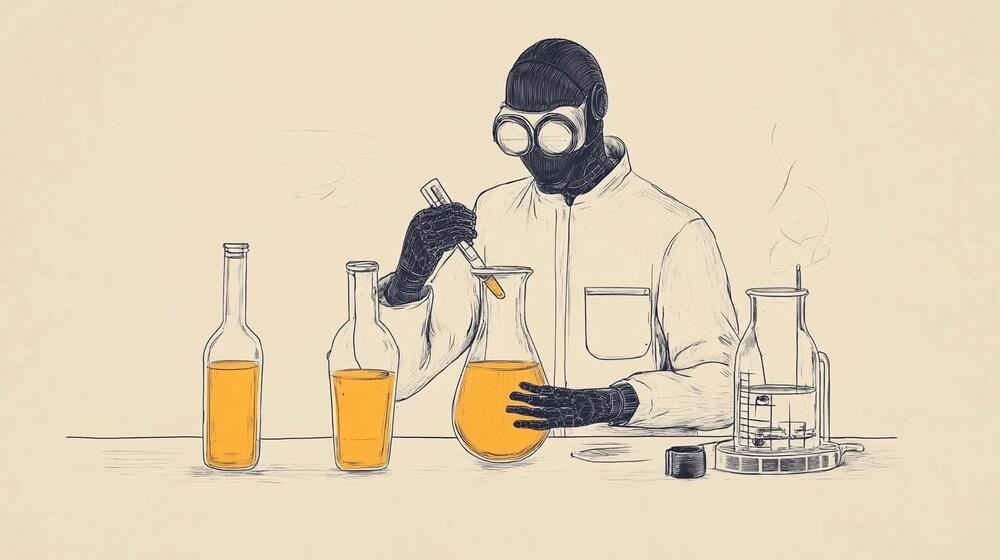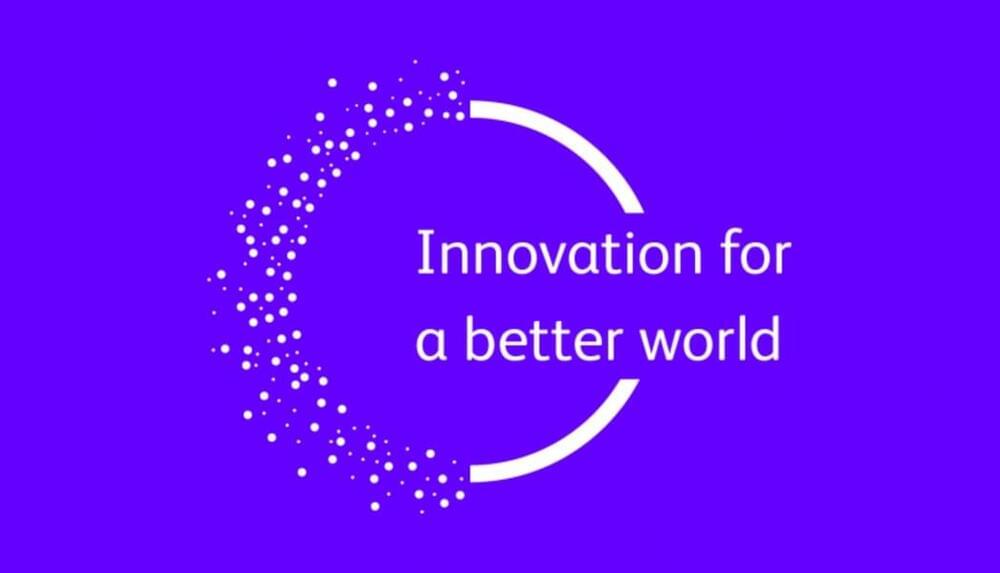Microsoft on Tuesday shipped fixes to address a total of 90 security flaws, including 10 zero-days, of which six have come under active exploitation in the wild.
Of the 90 bugs, seven are rated Critical, 79 are rated Important, and one is rated Moderate in severity. This is also in addition to 36 vulnerabilities that the tech giant resolved in its Edge browser since last month.
The Patch Tuesday updates are notable for addressing six actively exploited zero-days.








